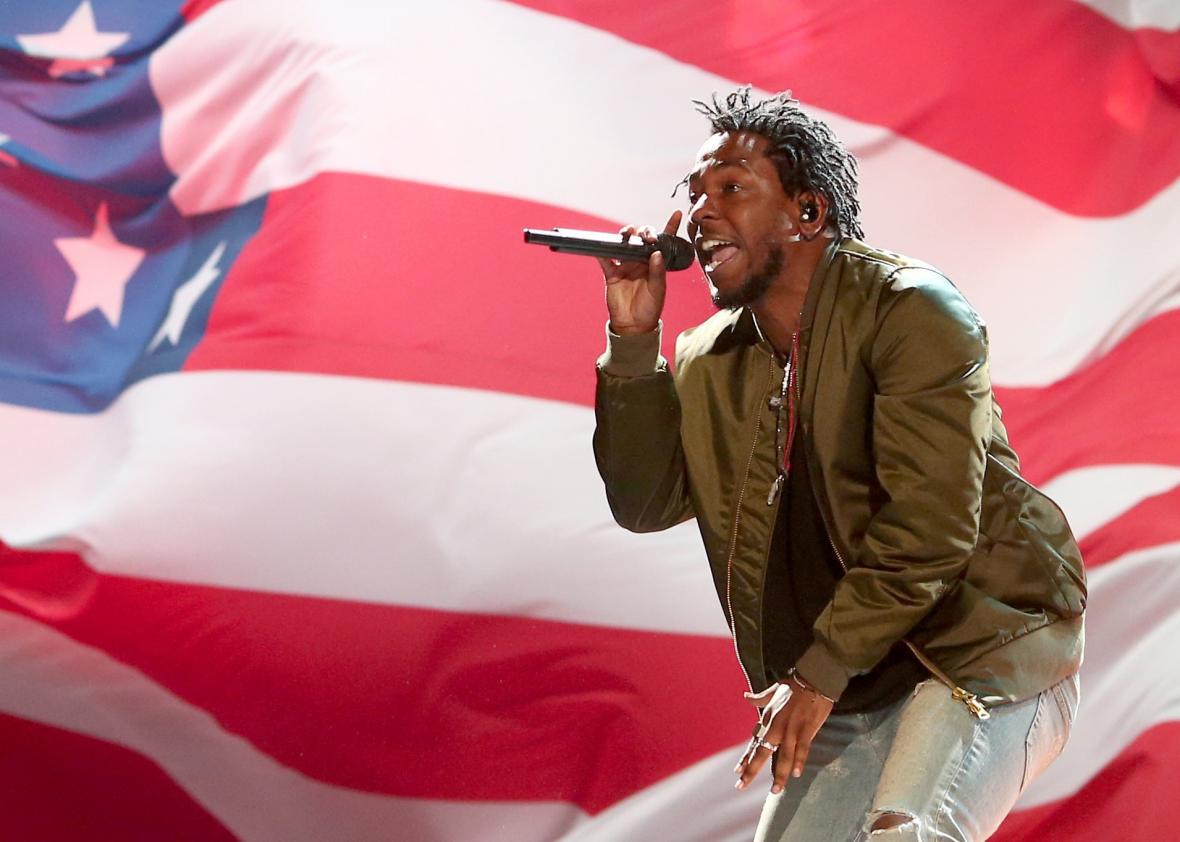Whattup, pals. Happy to be here.
Hoo boy. Rihanna’s anti-Anti experiment this year has been a source of great distress for me, but having once enjoyed the experience of waiting on the Paris tarmac for five hours while she shopped for lingerie (#rihannaplane), it’s thoroughly ingrained in me that Rihanna time is whenever Rihanna feels like it. Much as I love her music and admire the audacity with which she navigates it all, though, “Bitch Better Have My Money” didn’t initially hit me—I found it phoned-in and unimaginative, beneath her and too adherent to rap radio trends. That is, until I heard it at 2 a.m. in the club on three or four occasions, and found myself and my girls screaming “pay me what you owe me” to an emancipated delirium. Though her singing voice has improved exponentially this year as you note, Lindsay—a trajectory that began with an astonishing performance at last November’s Concert for Valor—“BBHMM” was the truest manifestation of her voice. Which is to say, it felt most aligned with Rihanna’s persona, down to the smoky cragginess, and acted as a proxy in a year when women in particular (#SayHerName) needed the relief of her fuck-all vehemence.
That sense of rebellion, the assertion of humanness, was a running theme this year, and the deliverance we needed. I probably don’t need to elaborate much more on Kendrick Lamar’s greatness (just read this), or on why “Alright” was the year’s most important song in that its resonance propelled it to de facto Black Lives Matter anthem, but To Pimp a Butterfly encapsulated 2015’s social, political, and spiritual mood more precisely and viscerally than any other. It was especially salient in tandem with What Happened, Miss Simone?, Liz Garbus’ heart-wrenching Nina Simone documentary, which depicted the pain, anger, and drive in her heart as a beacon for the civil rights movement but also her moral imperfections. Lamar didn’t shy away from spotlighting his own flaws on TPAB; Obama, with his favorite song “How Much a Dollar Cost,” could no doubt relate.
The loudest criticisms of TPAB were of its jazz-influenced/nu-neo-soul inclinations (a rebellion in themselves, perhaps), but throwback impulses manifested everywhere in some form—whether in Lamar’s plaintive narratives, in the slick ’80s groove of Tinashe’s excellent Amethyst mixtape, on Janet Jackson’s ever-gossamer Jam & Lewis template, on Carly Rae Jepsen’s glossy roller-rink pop, or, of course, on the Weeknd smashes that aspired to the heights of Michael Jackson (the key word being aspired). They were sensual gestures toward musical maximalism in a year that was also defined by a disregard for genre delineation. As the voice goes, Justin Bieber’s was most emblematic of it all—the way he lost it, the way he found it, the way millions of formerly hating adults found themselves amid a Bieber come-to-Jesus (literally, if you absorbed Purpose’s godly overtones) and recognizing that he is indeed a talented musician. It’s a post-1989 world, after all.
Bieber’s omnipresence signaled pop’s shift toward the forward-thinking (at least on every Purpose song Skrillex touched). Bieber’s newfound position as EDM’s pre-eminent diva delivered him to a new, ostensibly more “adult” audience—something that, if you watched his teary VMAs performance, seemed to shock even Biebz—but also led the way as electronic dance music progressed, most prominently toward the enclaves of house (Disclosure’s groovy snooze Caracal) or the the farthest reaches of imagination (Sinjin Hawke & Zora Jones’ Visceral Minds compilation) or, simply, the smartest takes on the rave drop (Grandtheft’s Quit This City).
It’s divine dance justice that Skrillex’s sound is becoming a mainstream norm, because he’s long been more than his reputation as the squelchy metal dubstep dude. Ahead of his time, his multifarious impulses (heavy on the dancehall) are finally fitting into this current pop moment. (OMI and Felix Jaehn’s baile funk-alluding No. 1, anybody?) Same with Skrillex’s collaborator Diplo, whose “Lean On” was No. 1 in countries all over the world, not just because of the endless-summer melancholy that singer MØ brought to it, but because it was, at its heart, reggaetón. A live version of the “Latin remix,” with Colombian and Puerto Rican stars J Balvin and Farruko, opened this year’s Latin Grammys, a testament to the increasing mainstream resonance of what SoundCloud beat freaks used to call “global bass.”
Major Lazer’s reverse-crossover from the mainstream into the Latin charts was one of the year’s most interesting developments, precisely because it remains so difficult for Spanish-language artists to break into the American mainstream. Balvin was ubiquitous this year on the Latin charts, but outside of Latin publications we heard barely a peep about Dale, Pitbull’s latest Spanish-language album and arguably one of his best, or of Natalia Lafourcade’s typically gorgeous Hasta la Raíz, whose title track won not only Song of the Year but Record of the Year at the Latin Grammys. Still, I’m perennially hopeful for cross-language pollination, as surely as Jack Ü is my favorite supergroup. The continued steady crossover of K-pop stars G-Dragon (of Big Bang) and CL (of 2NE1), rapping and singing in English and Korean, has been thrilling to watch and, I think, portends next year’s temperature. Diplo finna get a Grammy.
But Chris, you’re the charts connoisseur. What weird crossovers blew your mind in 2015?
Julianne
To get each new entry in the 2015 Slate Music Club in your inbox, enter your email address below:
